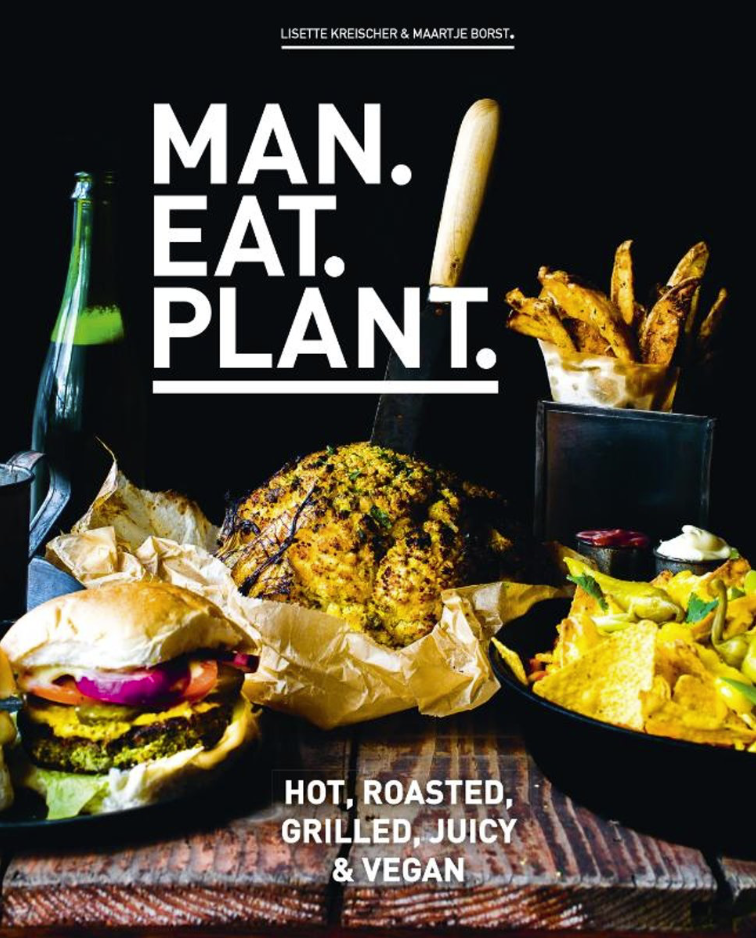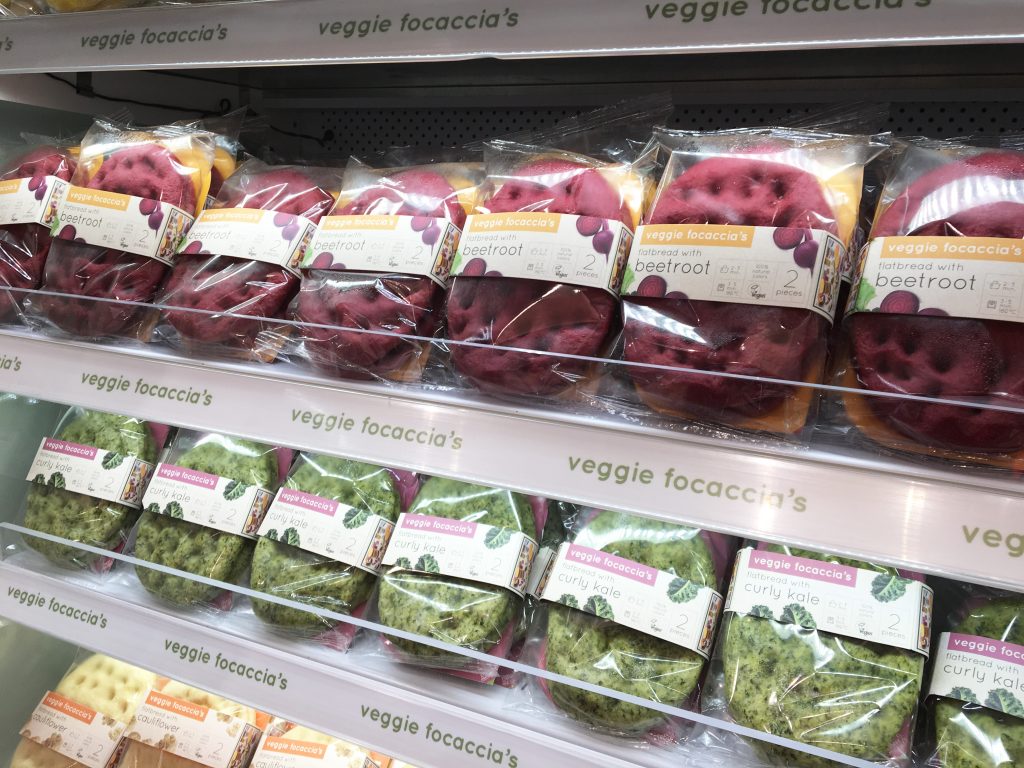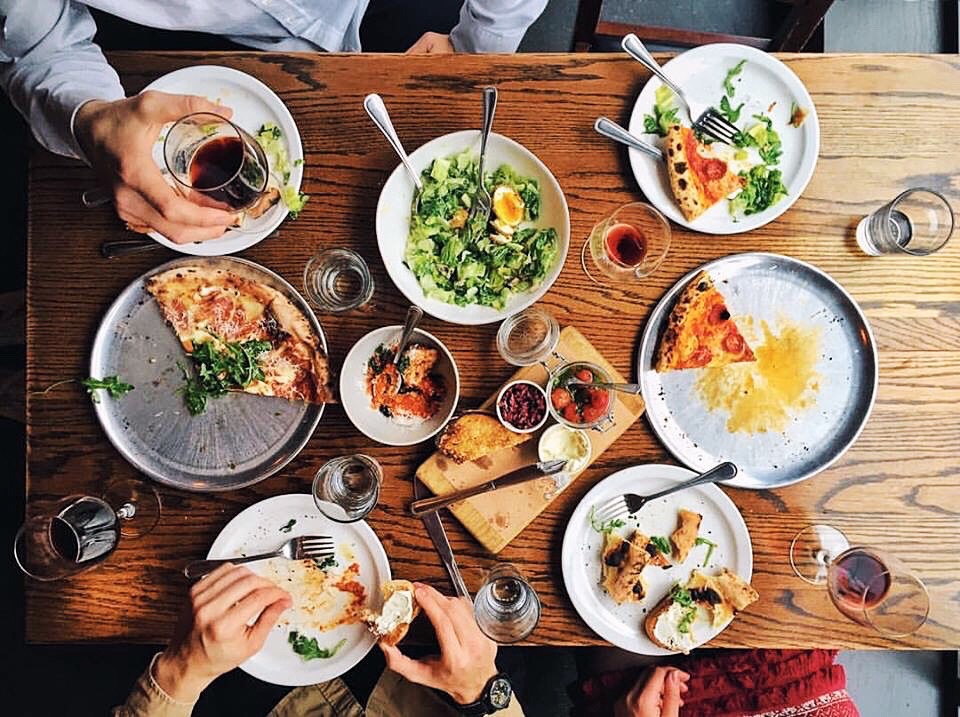Coronavirus: Will the COVID-19 pandemic be the final nail in the coffin that makes the world switch over to healthier eating alternatives and practices?

A growing trend was seen last year of plant-based eating, as people were made aware about the multiple health conditions associated with a meat-based diet. The food industry has gradually shown interest & started adapting to mock meat and meat alternatives, with the biggest food chains opting for it to be part of their menus. Due to the Coronavirus outbreak in China, people have begun to think how they consume food. The ‘thinking’ involves getting to know more about how their food is sourced, made & finally delivered.
The world saw a transition from industrial animal production for consumption to more sustainable, animal-welfare forms of agriculture, as well as a reduction in animals raised for food. This also gave a significant push to the ‘vegan food industry’ and brought it to the forefront of the health trends of 2019-2020.
But will the COVID-19 pandemic be the final nail in the coffin that makes the world switch over from meat? With people being more conscious about their lifestyle choices, they are now making more thoughtful purchasing decisions, and opting for sustainable alternatives. People today are getting increasingly curious about how and where something is made, as well as its impact on the environment.
Being part of the hospitality industry in India, here is what I think will be some of the food trends that will takeover the Indian F&B sector post lockdown:
Here Are 5 Food Trends That Will Take Over The Food & Beverage Space Post Covid-19:
1. Chef Driven Delivery Restaurants
Many chef-driven, fine dining restaurants which were earlier focussed on providing customers a dining-in experience, will now venture into the delivery business. In the long term this will completely change the landscape of the delivery business in the country.
Customers have always connected better with brands who have a consistent story and have been transparent with them about the team and chefs that work behind the scenes to make their food. This was earlier missing from the delivery business model in India, but will now make a comeback. Curating a better experience right from hygiene & safe, to packaging & customer centric content will put forward a new wave of doing business in the food delivery sector.

2. Vegan & Healthy-Food Delivery Brands
There was a strong shift indicated in 2020 towards vegan & organic food. But with Covid19 taking the globe by storm, this trend will soon become a lifestyle for many. People will be more conscious about the food they eat and this market will see a rise in ‘vegan only‘ brands. Many SME’s have come up in the product space across the country promoting plant-based products, foods & more.
In late 2019 and early 2020 we saw many smaller cafes spring up; focusing on healthy, farm-to-table and vegan menus. As Indians, a lot of our diet is already vegan-friendly, hence, it is not too difficult for us to adapt. However, with the availability of vegan cheese, mayonnaise & mock meats in India, the transition seems easier.

3. Gourmet Street Food
India is known for its street food and people love it. However, with hygiene and cleanliness being the primary area of concern after COVID-19, street food is not going to be people’s preferred option for eating out for months to come post the pandemic. Thus, we will see a rise of many gourmet street food brands in the organized sector that can provide great taste coupled with hygiene and convenience of delivery.

4. Meat Alternatives & Mock Meat
With people switching from an animal based diet to a plant based one, we will see the popularisation of mock meat and meat alternatives. Many restaurants will give their customers an option to opt for mock meat instead of the real thing, hence allowing them to add the required protein content to their meal rather carb heavy vegetarian and vegan diet food options. This industry has already seen great potential abroad, and will probably make a big impact in the post COVID-19 era in India, in both F&B and retail.

5. At Home Experiences
Due to physical distancing being strictly enforced in India and around the world during COVID-19, a lot of the people will opt for enforcing this even after the pandemic is over to deal with the fear of another outbreak. Even after lockdown is over, restaurants will not be allowed to operate at more than a 30% capacity, hence there will be more and more F&B brands providing ‘At Home’ experiences.
This trend was earlier being explored by a select few players in India, and will now see a major rise. Most hospitality brands will provide private catering services that will have the option of ‘cooking at home’, and will cater to groups of 8 to 20 people who would like to have an indulgent gourmet experience indoors post the pandemic.





